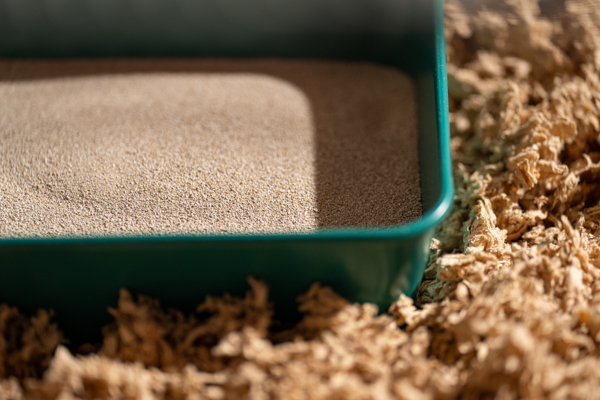Do hamsters need baths? This is a common question, but the answer may surprise you. Find out if and how you keep your hamster clean, and what supplies you’ll need to keep their coat in prime condition.
Hamster hygiene
Hamsters are actually very clean animals. Healthy hamsters will meticulously clean their coats every day – which means there’s usually no reason to groom them. If you notice an odor coming from your hamster’s habitat, it’s usually from their bedding or spoiled food rather than your hamster themselves. The urine or musk odor that hamsters use to mark their surroundings are what can emit an odor, but your hamster’s coat should not normally produce a noticeable smell.
You’ll notice your hamster licking, nibbling, or gently pulling at their fur to remove dirt and debris. They’ll also use their paws to wipe their faces and ears clean, starting at the top of their head and pulling downward. Even long-haired varieties of hamsters can keep their fur in good condition using these methods, but there are a few things you can do to aid your pet in their hygiene habits.

Whilst hamsters can have negative reactions to water baths, many really enjoy sand baths
Sand baths
As strange as it sounds, your hamster can actually bathe in sand. Similar to how birds take dust baths, hamsters will climb into a basin of bathing sand and roll, toss, and dig around in the sand to remove debris from their coat. This is the safest way for a hamster to bathe, as water and soap strips your hamster’s coat from its natural, protective oils.
Choose a dust-bathing tub designed for hamsters, and fill it about 1⁄3 - 1⁄2 of the way full of hamster-safe bathing sand. This can be purchased online, or through a local pet store. Be sure to replace the sand as often as needed, depending on how frequently your hamster bathes.
Brushing your hamster
Long-haired hamsters may get bedding or debris caught in their fur. You can brush your hamster using a small, wide-toothed comb, or even a toothbrush. Be sure to brush gently, holding the base of your hamster’s hair as you work to remove tangles or debris. You can also brush short-haired hamsters with a soft toothbrush, but it’s more of a comfort than a necessity.
A note about hamster oral hygiene
Oral hygiene is important for hamsters too, but that doesn’t mean you need to set out looking for a rodent-sized toothbrush. To keep your hamster fresh from head to tail, you can provide certain foods or treats to help them keep their teeth clean. Foods like Timothy hay or gnaws and chews made for hamsters will act like a toothbrush as they nibble.
And, don’t be alarmed if you catch a glimpse of your hamster’s yellow-orange teeth – this color is perfectly normal for rodents, and is not the result of poor oral hygiene or too many carrots. The color of your hamster’s teeth may vary, depending on their age or diet, but can be various shades of white, yellow, orange, or brown. As long as you don’t notice any blood or foul odors from their teeth, their color isn’t a cause for concern.
Omlet and your hamster
Keeping your hamster clean shouldn’t be a burden – for them or you. That’s why we designed our hamster habitat to be easy for you to clean, and hygienic for your hamster to live in. And, with our optional hamster sand bath basin, your small pet can give themselves a spa day whenever they feel the need. With our hamster products, you’ll be able to spend more time with your hamster, and less time cleaning their environment.
Comments
There are no comments just yet